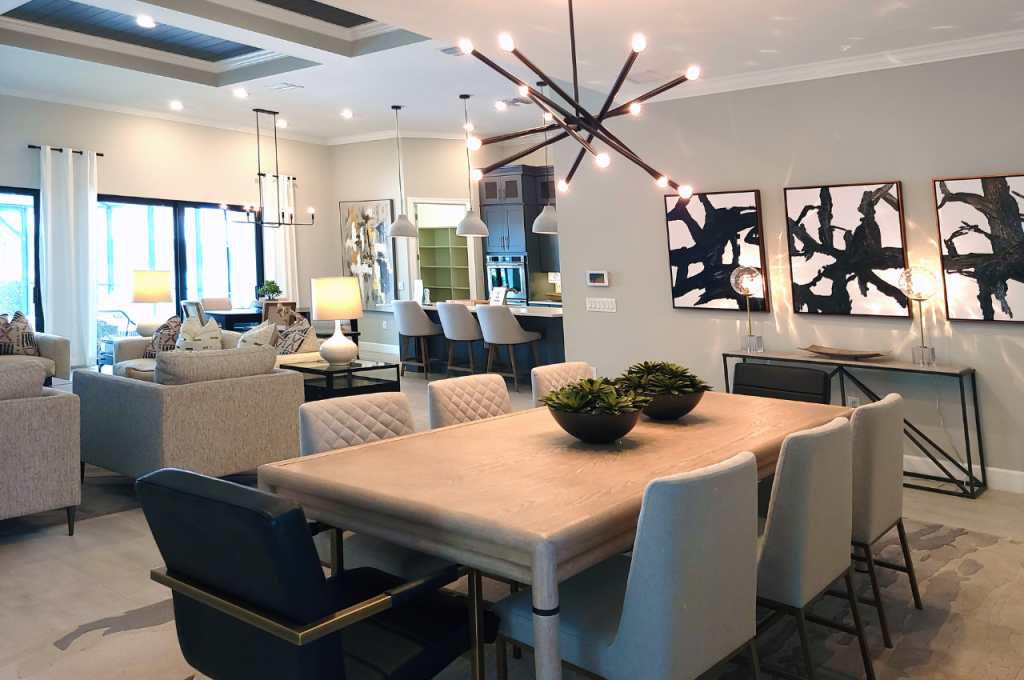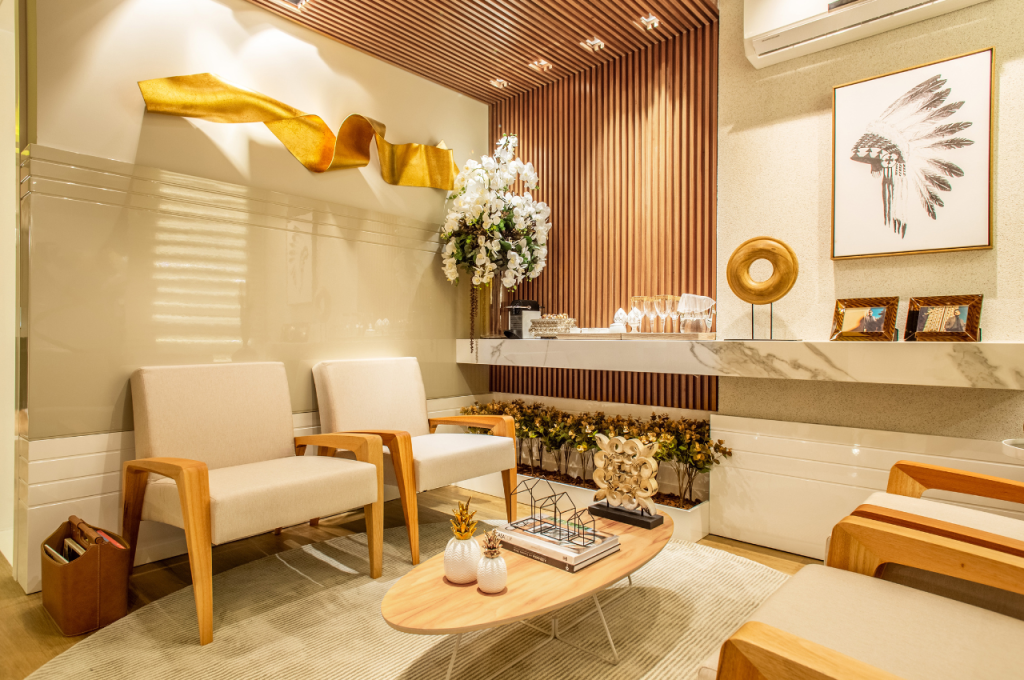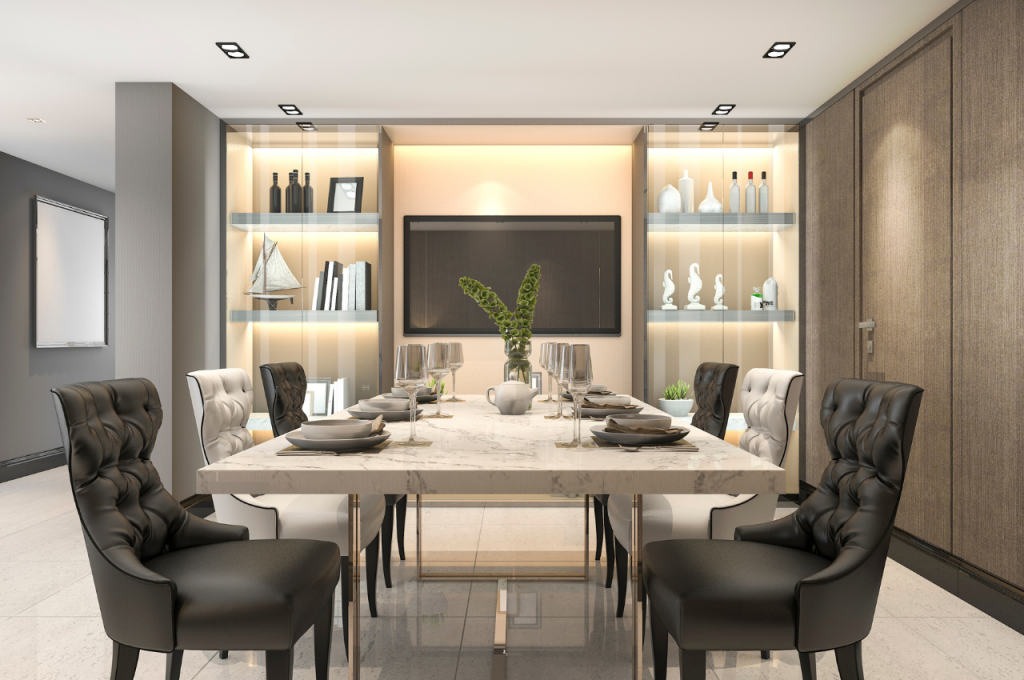The primary items of interior design include furniture, lighting, textiles, and accessories to enhance spaces. Interior design elements play a crucial role in creating functional and aesthetically pleasing environments.
The selection of these items is vital for achieving a cohesive design scheme that reflects the individual’s style and personality. By carefully choosing the right furniture pieces, lighting fixtures, fabrics, and decorative items, interior designers can transform any space into a unique and welcoming setting.
Each element contributes to the overall ambiance, functionality, and visual appeal of a room. Understanding how these items work together is key to successful interior design projects. Integrating these elements harmoniously can elevate the look and feel of any space, making it both practical and visually striking.
The Role of Interior Design
Interior design plays a crucial role in creating functional spaces while also enhancing aesthetics.

Creating Functional Spaces
Interior design focuses on optimizing layout and Organization to maximize Efficiency in a space.
- Integration of Furniture for comfort and functionality.
- Utilization of Storage Solutions for clutter-free environments.
Enhancing Aesthetics
Interior design aesthetically elevates spaces to create Visually Appealing Environments.
- Selection of Color Schemes to evoke desired moods.
- Use of Texture and Patterns for visual interest.
Fundamental Elements of Interior Design
The fundamental elements of interior design encompass a wide variety of items, including furniture, lighting, color schemes, textures, and decorative accessories. These elements work together to create a harmonious and visually appealing living space.
The Fundamental Elements of Interior Design
Interior design is the art of enhancing the interior of a space to make it aesthetically pleasing and functional. The fundamental elements of interior design play a crucial role in creating harmonious and inviting spaces.
Color Palette
- Color: Determine the mood and ambiance of a room.
- Harmony: Create balance and unity through coordinating colors.
- Contrast: Add visual interest by combining different hues.
Furniture and Accessories
- Functionality: Choose pieces that serve both practical and aesthetic purposes.
- Scale: Ensure furniture proportions fit the room size.
- Accents: Personalize the space with decorative items.
Lighting
- Natural Light: Enhance the ambiance and bring a sense of spaciousness.
- Task Lighting: Provide adequate illumination for specific activities.
- Ambient Lighting: Create an overall mood with ambient light sources.
Textures and Patterns
- Texture: Add depth and tactile appeal to surfaces.
- Patterns: Introduce visual interest and dynamics to a room.
- Balance: Combine different textures and patterns for a cohesive look.
Incorporating Personal Style
When it comes to interior design, incorporating personal style is essential. Your home should reflect your unique personality and preferences, creating a space that is both functional and visually appealing. By infusing your style into the design, you can create a home that truly feels like yours.
Reflecting Personal Preferences
When designing your interior space, it’s important to consider your personal preferences. Incorporate elements that resonate with you, whether it’s through color schemes, patterns, or decor pieces. By reflecting your style, you can create a space that feels authentically yours.
Balancing Trends and Timelessness
While it’s important to incorporate your style, it’s also essential to balance trends with timeless design elements. Opt for classic furniture pieces and neutral color palettes, then sprinkle in trendy accents to keep your space feeling current. This balance ensures that your design remains relevant for years to come.
The Secret to Effective Space Planning
Effective space planning is the key to creating harmonious and functional interiors. It involves optimizing room layouts to make the most of the available space and maximizing storage solutions to keep clutter at bay. By carefully considering the arrangement of furniture, the flow of movement, and the utilization of storage options, you can transform any space into a well-balanced and organized environment. Let’s delve into the two essential aspects of effective space planning: optimizing room layouts and maximizing storage solutions.
Optimizing Room Layouts
Optimizing room layouts is all about creating a sense of balance and functionality within a space. It involves strategically placing furniture and other design elements to maximize the available area. By considering the size and shape of the room, as well as the purpose it will serve, you can create a layout that is both aesthetically pleasing and practical.
One effective way to optimize room layouts is by creating zones within the space. For example, in a living room, you can establish separate areas for lounging, entertainment, and conversation. This helps define how each zone will be used and ensures a smooth flow between the different activities.
Another important aspect of room layout optimization is considering the placement of furniture architectural features and focal points. By arranging the furniture to enhance the natural flow of the room, you can create a harmonious and inviting atmosphere. Additionally, properly positioning bold architectural details or stunning views can help draw attention and visually enhance the space.
Maximizing Storage Solutions
Storage is often a challenge in interior design, especially in smaller spaces. However, with careful planning, you can make the most of the available storage options and keep your living area clutter-free. Maximizing storage solutions is crucial to maintaining a clean and organized environment. One effective storage solution is to utilize multifunctional furniture. Designing versatile pieces such as ottomans with hidden storage compartments or storage beds can provide additional space for keeping items out of sight. This not only helps optimize the available storage but also minimizes the need for extra furniture.
Another option for maximizing storage is to use vertical space effectively. Installing wall-mounted shelves, racks, or hanging organizers can help make use of the often neglected vertical areas. This is particularly beneficial in kitchens, bathrooms, and small rooms where floor space is limited.
Furthermore, incorporating stylish storage solutions into your interior design can add visual interest to the space while serving a practical purpose. Consider using decorative baskets, labeled bins, or open shelving to showcase items that contribute to the overall aesthetic of the room.
The Impact of Art and Decor
Art and décor play a crucial role in transforming a space and creating an atmosphere that reflects your personality and style. The right art pieces and statement décor items can instantly elevate the design of a room, making it visually appealing and inviting. In this section, we will explore the different factors to consider when selecting art pieces and choosing statement décor items, and how they can influence the overall aesthetics of your interior design.

Selecting Art Pieces
Choosing the perfect art pieces can be a daunting task, but it is an opportunity to infuse your space with personal meaning and evoke emotions. When selecting art pieces, consider the following:
- Subject Matter: Determine whether you want abstract, landscape, figurative, or other types of art that align with your tastes and the room’s theme.
- Color Palette: Pay attention to the colors in the artwork and ensure they complement the existing color scheme of the room.
- Size and Scale: Consider the size of the wall and the available space to ensure the artwork fits proportionately.
- Style and Medium: Explore different art styles and mediums like paintings, sculptures, or photography to find a piece that resonates with you.
Choosing Statement Decor Items
Statement decor items can add personality and character to any interior design. These standout pieces not only enhance the aesthetic appeal but also serve as conversation starters. When choosing statement décor items, keep the following in mind:
- Contrast and Balance: Opt for décor items that create contrast and balance with the existing elements in the room. This could be through the use of different textures, shapes, or colors.
- Functionality: Consider the functionality of the statement décor items. They should not only be visually appealing but also serve a purpose. For example, a unique table lamp can provide both lighting and a decorative element.
- Scale and Proportion: Ensure that the size and proportion of statement décor items are suitable for the space. Oversized or undersized items may disrupt the overall harmony of the room.
- Personal Style: Select statement décor items that reflect your style and interests. These items should make a statement about who you are and what you love.
By carefully selecting art pieces and statement décor items, you can curate a space that not only looks visually stunning but also feels personalized and meaningful. Remember, a well-designed interior is a reflection of your unique style and taste.
Understanding The Power of Color
Color plays a pivotal role in interior design, capable of evoking emotions, setting the ambiance, and influencing the perception of space. Understanding the power of color is essential for creating a harmonious and visually appealing interior. From the psychology of colors to exploring different color combinations and schemes, let’s delve into the profound impact of color in interior design.
Psychology of Colors
The psychology of colors delves into the emotional and psychological effects of different hues. Each color has a distinct impact on individuals, influencing moods, behavior, and even physiological reactions. Understanding how colors can stimulate or soothe the senses is crucial to making informed decisions when choosing color schemes for interior spaces. It helps create an atmosphere that resonates with the intended emotions and enhances the overall experience of a room.
Color Combinations and Schemes
Color combinations and schemes involve the art of blending different hues to achieve a cohesive and visually appealing interior. Whether it’s the bold contrast of complementary colors or the soothing harmony of analogous hues, selecting the right color combinations can significantly impact the aesthetics of a space. By exploring various color schemes, interior designers can create balanced and captivating environments that reflect the desired style and atmosphere.
Optimizing Lighting Strategies
When it comes to interior design, lighting plays a crucial role in creating the desired ambiance and functionality in a space. Optimizing lighting strategies can enhance the overall aesthetics and mood of a room. Understanding the different types of lighting is essential for a well-balanced design.
Natural Versus Artificial Lighting
Natural light creates a sense of openness and brings warmth to the space. Artificial lighting can be used to supplement natural light or provide illumination in areas with little to no access to natural light.
Task, Ambient, and Accent Lighting
- Task lighting is focused on specific areas for activities such as reading or cooking.
- Ambient lighting provides overall illumination to create a comfortable environment.
- Accent lighting highlights architectural features or decor elements to add visual interest.
By incorporating a combination of natural and artificial lighting, as well as utilizing task, ambient, and accent lighting, a well-designed interior space can be achieved.
Final Touches for Styling Your Space
When it comes to interior design, the final touches play a crucial role in bringing a space together. The finishing and styling elements are the cherry on top, adding personality and cohesion to a room.

Accessorizing for Cohesion
Accessories are like the jewelry of a room, adding flair and tying the design elements together. Whether it’s throw pillows, wall art, or decorative objects, each piece should complement the overall aesthetic.
Fine-tuning for Balance and Harmony
Balance and harmony are key to achieving a visually pleasing space. Whether it’s through the arrangement of furniture, colors, or textures, fine-tuning ensures that every element has its right place.
Conclusion
Understanding the items of interior design is crucial for creating a harmonious and functional living space. From furniture and lighting to color schemes and accessories, every element plays a significant role.
By incorporating the right pieces and paying attention to detail, you can transform any room into a captivating and inviting environment.

